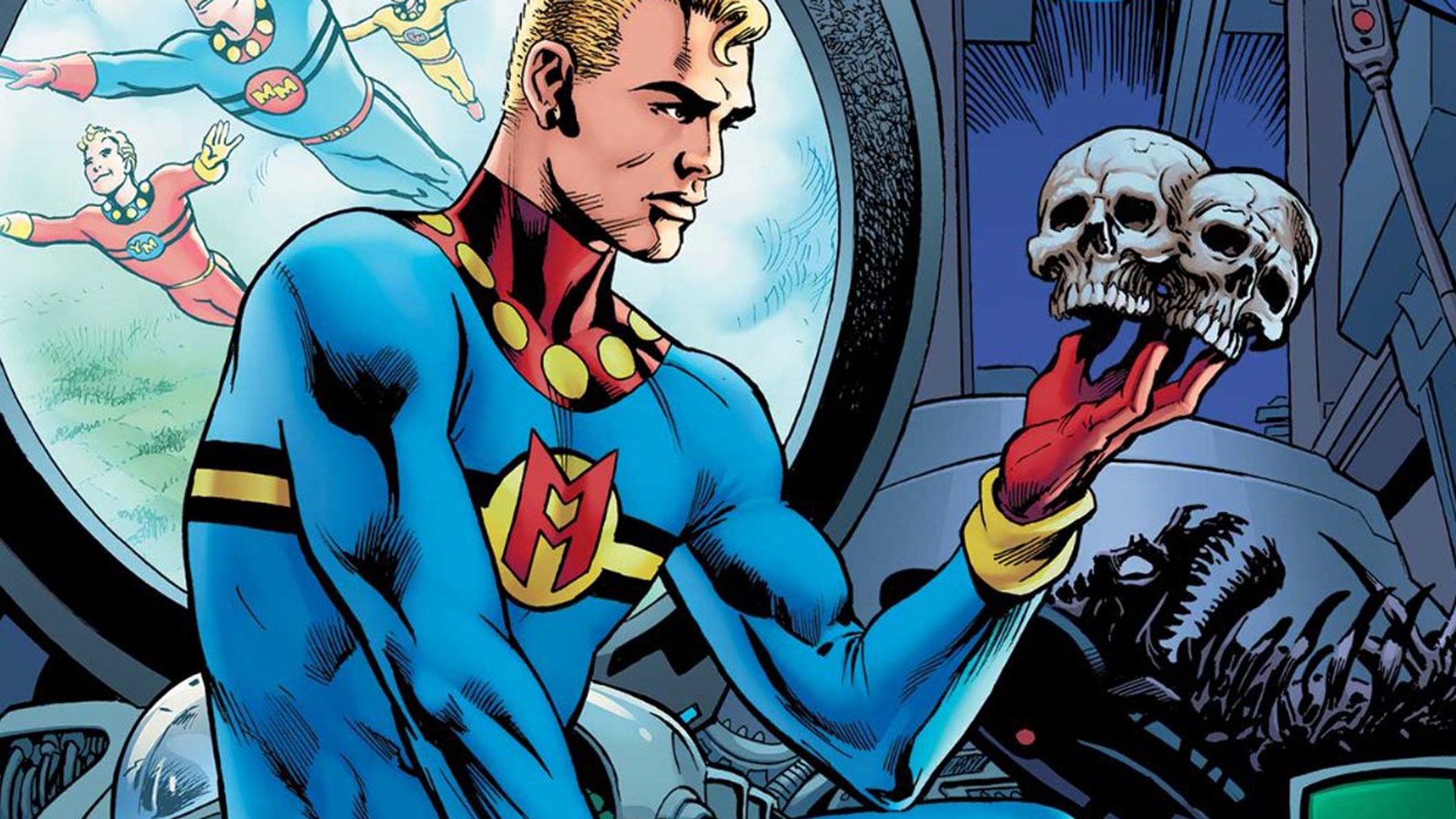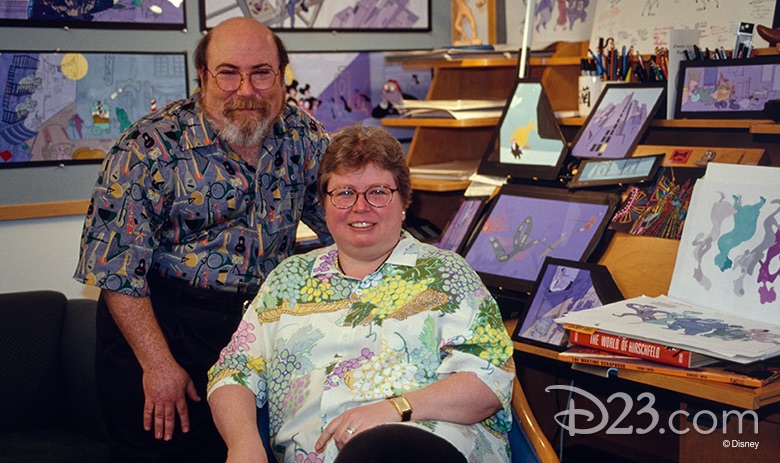I'm glad Dexter's Laboratory survived the butterflies, also I love the flintstones Reboot wonder if this will replace Family Guy.Cartoon City was mixing Hanna-Barbera classics with original, often third-party content, be that reruns of Seth MacFarlane’s musical-esque reboot of The Flintstones from CBS Primetime or Kickin’ Studios’ stylized, anime-inspired Dexter’s Laboratory
Yeah Adult Swim.But it was also, controversially, starting to experiment with more adult fare, leading to the post-watershed Adult Swim lineup starting in 1997 with insane adult reframing of old HB IP as Harvey Birdman, Ace Attorney and Sea Lab 2022.
Also if the Ace Attorney series still exists they will need be renamed in the West I think.
LolThe success of Adult Swim would spawn competing post-watershed blocks like Toon Town’s Pleasure Island and Neptune’s NGAGE block, the latter name chosen after the somewhat-suggestive Uranus was overwhelmingly rejected and Pluto abandoned after the legal team feared a lawsuit by Disney.
Star Snakes truly sounds like it belongs in the 80s and I mean that in a good way.Warner’s Neptune by this point was looking for new options in general. It was winding down the popular Star Snakes, a sci-fi cartoon made by Zodiac Entertainment[1] that premiered in 1990 and is sometimes considered the “last of its kind” following in the footsteps of Teenage Mutant Ninja Turtlesand the rest of the 1980s Merch-Driven shows. It focused on heroic alien snakes led by the heroic Vipmed who land in Arizona after escaping space pirates who attacked the ark taking members
of their race, the Serpentines, to build a colony on a jungle planet after meteor destroyed their home world. They are initially hostilely received on earth, but slowly gain the trust of humans starting with social marginally people but later turn most of the general public to their side, particularly as they help protect earth from the villainous Deathrattle and other often otherworldly threats. Star Snakes was praised for its message of how looks and people can be deceiving, and the importance of communicating, trying to get along with people who are different, and being honest and trustworthy. The Star Snakes toy line, made by Olmec toys, became quite popular in the early 1990s.
Spongebob sounds wild in this Timeline.But if Star Snakes offered an interesting “last of its kind”, animator Stephen Hillenburg, who’d worked on My Dog Zero, would produce something radically different and even surreal. Long a fan of the ocean and oceanic life, and a fan of Ween’s The Mollusk, which lingered in his mind, Hillenburg pitched an idea called Intertidal, primarily centered around an anthropomorphic sponge narrating a story of life in the ocean’s intertidal zone. It would eventually evolve into 1997’s radically weird and deliberately immature SpongeBoy[2], which followed the painfully-naïve titular sponge as he adapted to adulthood despite his childish immaturity. The show in some ways followed on from the Hoerk & Gatty vein, being silly, surreal, and boundary-pushing, but also took inspiration from Dexter’s Lab and Trout Manas well, with some cinematic, anime-inspired action, but surrounding the lowest of stakes from stealing a secret recipe for fast food to discovering what someone was getting for their birthday gift. It regularly mixed in non-sequitur aspects like live action segments, alternate animation styles (like stop motion or anime inspired), and genre shifts (suddenly becoming a romantic comedy halfway through an adventure plot only to then go full slapstick-pie-fight. The sheer insanity of the mix of differing tropes, all done with a madcap, slapstick surrealism, captured a wide audience from young kids to stressed-out adults. Largely G-rated, it
occasionally pushed into PG.
I guess without working on Rocko's Modern Life he's a bit more zany and boundary pushing.
Wow Star Wars and Star Trek on the same block the nerds are gonna love it.Fox was grabbing a surprising market share both on Fox Family and the Fox Kids block on PFN due in particular to their control of the popular Star Trek and Star Wars distribution licenses, with Triad Television President Lucie Salhany feeling that it was time to compete in the crowded sphere.
Planet of the Apes sounds interesting, how would a cartoon based on the movies work?To carve out a niche, Cube would look to the many science fiction properties in the library of Triad and Filmation and make them the focus, with the bumpers and adverts being space-themed. Naturally, Star Wars and Star Trek were the flagships of the channel, with Planet of the Apes being an honorary third tentpole. Behind them came revivals of Filmation’s shows, like Neo BraveStarr and a clunkily-titled reboot of Masters of the Universe titled He-Man and She-Ra: Protectors of the Power Universe. Both reboots would be marginally successful for the channel, but the He-Man and She-Ra reboot would give the two Eternian heroes their dues as genuine superheroes.
Also BraveStarr is kinda underrated, so I love to see the revival.
I hope the new He-Man and She-Ra show explores more of the lore and isn't bound by action figures design wise. Also please no Skeletor with eyeballs
Sounds interesting, I was super into ancient Egypt as a kid so I'll watch that.One of the most successful was Mummies: Warriors of the Dead, an action cartoon that would be co-produced between it and Ivan Reitman’s Northern Lights Entertainment, about a group of living mummies who defend an archaeologist mother and her son from an evil sorcerer due to the son being the reincarnation of the god Ra. Originally made for syndication, the second season would air on Kid Kingdom, a natural fit given the channel’s initial Ancient Egyptian theme. The series would even gain a crossover with Universal’s The Mummy in a TV film titled Mummies: Tomb of Imhotep.
Also if Kid Kingdom needs some more Egyptian shows I have some ideas:
Wayward Entertainment, meanwhile, would partner with artist and writer Everett Peck on his cult classic Trout Man, the story of Gil Troutman (Will Ferrell), a simple North Carolina river trout mutated by the radiation from nearby Barium Springs, which was polluted by the machinations of the evil urban sprawl developer C. R. Copperplate (Wallace Shawn), who is in reality a mutated cockroach attempting to engineer the environmental collapse of human civilization, in large part through the creation of soul-sucking poorly planned gray-space urban sprawl, to make the world safe for his “kind”. He is doing this with his nefarious 2-X Machine (pronounced “deuce-ex”). It was an idea inspired by a road sign[6] Peck encountered while driving back to New York following a failed pitch to Hanna-Barbera in Atlanta.
Lol what a weird but wonderful show. Must watch.The T-rated series, which ran from 1993-1997 on FX, was unapologetically politically incorrect with Troutman a horrible, self-righteous jerk and borderline sociopath whose worst impulses got even worse when assuming the mantle of Trout Man. A running gag of the show involved Virginia Pine being in love with the seemingly unassuming Gil Troutman and appalled by his arrogant and mansplaining “heroic” alter-ego, even as Troutman assumed that the opposite was true and constantly tried to impress her as Troutman, usually accidentally foiling her ingenious efforts to expose and stop Copperplate’s evil plans as he “saved” her again and again.
That's just perfection. I wonder how weird it's going to be when all these characters make the jump to the MMU and people will need to remind themselves that those are different incarnations. Especially with Ant Man.Trout Man, in turn, allegedly inspired Howard the Duck[7], a UPA/Disney collaboration starring Jason Alexander as the titular foul-mouthed fowl. Playing on Disney’s Pleasure Island block, the series represented the first collaboration between Disney and the “Commies down the river” as Walt and his executives had derisively called the founders of the original UPA, who were disgruntled former Disney employees. Famous for its irreverent topical humor and willingness to bite the hands that fed it, it would also have Marvel heroes show up in small roles and cameos, often to their detriment. Spider Ham was a frequent guest, and “friendly nemesis” for Howard. Additionally, Marvel “in jokes” were common, such as plots involving Tony Stark’s alcoholism, Wolverine’s “anger management” issues (with Professor Hulk as his “sponsor”), or Howard trying to solve a mystery in regards to an obviously-abusive Hank Pym towards Janet Van Dyne. It would run for four seasons and remains a cult classic.
Great, fucking weird, but great. Many young people probably learned a lot about themselves through this show.And perhaps most bizarrely, Bird Brain developed Starman: The Animated Series (1994-1999)[8], a high concept musical animated series from the minds of David Bowie and Bruce Timm, which was among the first shows greenlit for MTV. The series was known for pushing the limits not just in subject matter, delving heavily into LGBTQ tropes in particular, but in animation, blending multiple animation types and live action in what Timm called “anicollage”. It would win multiple Emmys, Annies, and other awards for its animation, music, and editing. It had a modest but fanatical audience and remains a cult classic known for its non-linear plots, Lynchian mind-screw, boundary-pushing plots and tropes, and memorable musical sound track as much for its idiosyncratic animation.
Too bad, but on hold isn't cancelled.“Back in ’95 I had this idea for a sort of The Great Escape film, but with chickens,” said Peter Lord. “But then [Finding] Nemo beat us to the punch there. We put that idea on hold[9]. Jim Henson over at Disney was eager to do a Wallace & Gromit film, since he loved the Shorts and even played them in the US, though the Board seemed to think that it needed a family angle, for some bizarre reason. So, we thought about that, or possibly a spin-off based on Shawn the Sheep, who appeared in A Close Shave, though I think a lot of the Yanks missed the Shawn/Shorn pun. We kicked around more ideas. Perhaps a pet rat that ends up in a sewer? James Bond with toads and frogs?”
Also I hope the Yanks warm up to Wallace and Gromit and we can get a proper movie eventually.
Can't wait for that! I hope it works out.Thus was born the first Aardman feature animation: Tortoise v. Hare, which began production in late 1996 with a planned 1999/2000 release, directed by Lord, designed by Park, written by Karey Kirkpatrick, produced by Penguin, and distributed in partnership with Walt Disney. It would be Aardman’s biggest challenge to date.
Great chapters @Geekhis Khan













